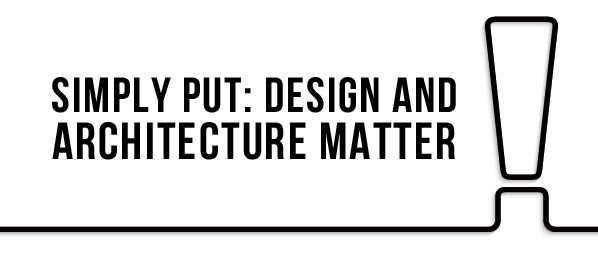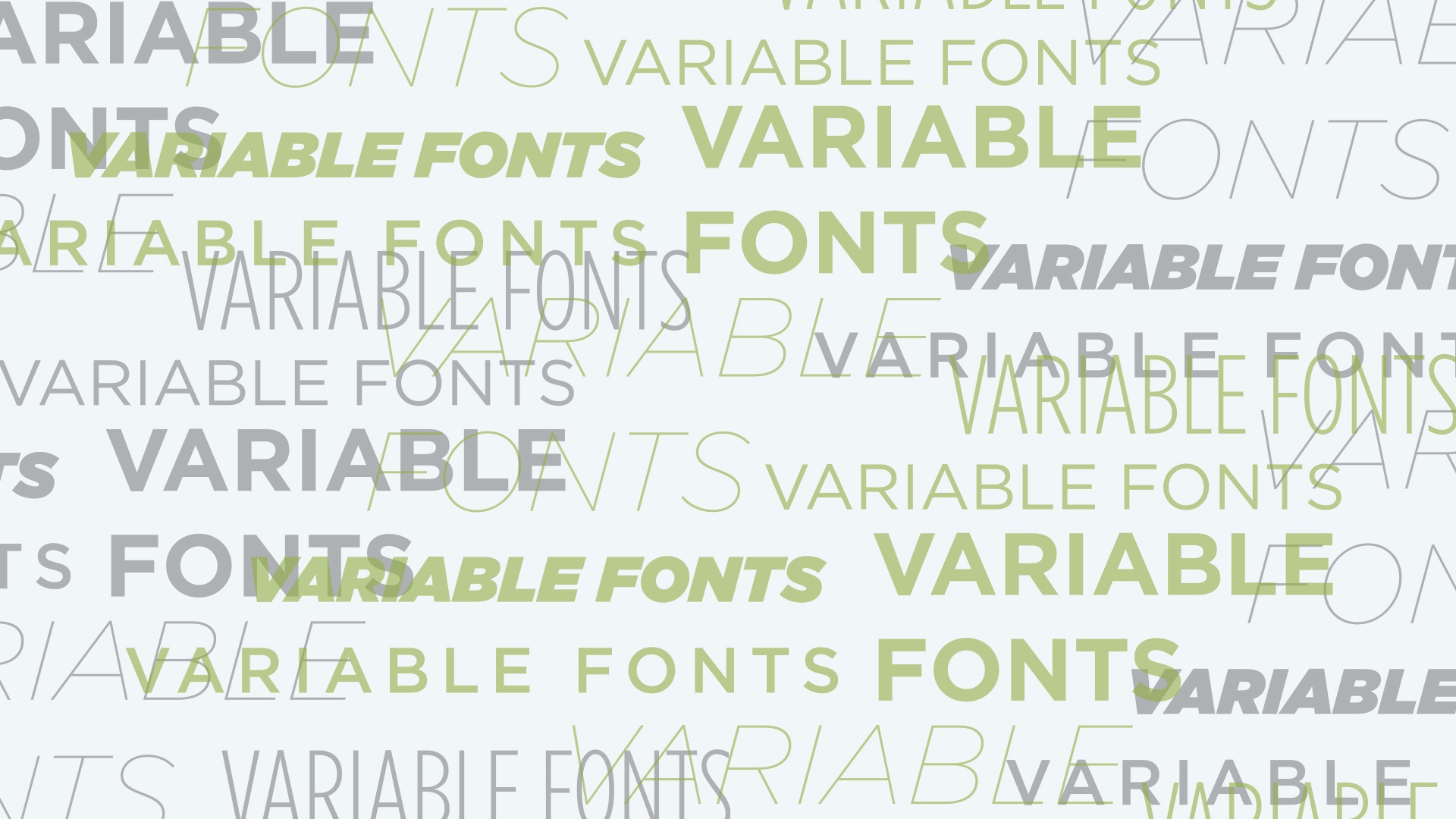Website Design: To Do-It-Yourself, or Not
We live in a do-it-yourself (DIY) society. Name the task, and there is at least one TV show (or an entire cable channel), website, Facebook page, or book devoted to helping you complete it on your own.

The same is true with website design and development. There are many companies that offer free or low cost website builders. With a little know-how and time, web DIYers should be able to get a site up and running without the help of “professionals.” However, companies should take into consideration a variety of factors before undertaking a do-it-yourself website project.
This post will explore your options, provide you with a set of best practices, and explore the alternative - a custom built website.
Free, or Low Cost Website Builders
Wix, Webbly, Squarespace and other services offer free, or low cost monthly fees and drag and drop management. These services often provide organizations with the basics - the ability to assign a navigation hierarchy, insert a photos or videos, embed social media feeds, set-up a contact form, and add a blog.
Here are some items to consider when contemplating implementing a do-it-yourself solution:
- What are the goals and objectives of the site?
- If the goal is to create a personal website, basic presence on the Internet, or a static brochure site, then a DIY service may be the best option.
- If the goal is to create an engaging, interactive web presence that reflects your company’s brand and culture, then a DIY service (Wix, Webbly, etc.) may not be the most comprehensive solution for creating the image that is really sets you apart.
- What is the budget?
- If you plan to spend no more than a “couple of hundred dollars” on the site, then a website builder is your best option. But, it is important to place value on your time. What hourly rate will you assign to your/your staff’s time? Is customizing a template and setting up a site the best use of your/your staff’s time and talent? How long will it take you/your staff to get the site up and running?
Be realistic.
- If you plan to spend no more than a “couple of hundred dollars” on the site, then a website builder is your best option. But, it is important to place value on your time. What hourly rate will you assign to your/your staff’s time? Is customizing a template and setting up a site the best use of your/your staff’s time and talent? How long will it take you/your staff to get the site up and running?

- What is the deadline?
- If you are strapped for time, and a site or page needs to get up quickly, a website builder may be your best option. However, understand that the the site may reflect a rushed job. Even do-it-yourself website should go through a design and development process.
Custom Website Design/Development
A custom website allows companies to extend their brand and culture to the web. Through careful planning, architecture, design, and development, companies can direct the user to perform certain, desired actions on the site (complete a form, read a blog post, and/or contact the sales rep).
Companies who specialize in this type of work follow time-tested processes that drive clients towards a solution that accomplishes most, if not all of their goals.
Here is the process that we follow for every project (no matter the size or scope):
Custom Architecture and Design
A website’s first impression is critical to capturing a user’s attention. According to Google research, users form first impressions of a website in 50 milliseconds (.05 seconds). In less than a tenth of a second, users will form a “gut feeling” about your company, and decide whether to stay on the site, or leave.
Would you trust your first impression to a website builder or pre-built template?
This is where custom architecture and design come into play. Most website builders or out-of-the-box templates are not based on your brand, content hierarchy, unique value proposition, or specific call-to-actions, which should be determined during the Discovery phase of the project.
A custom website should take all of the aforementioned factors into consideration and present a compelling design that engages visitors and achieves your goals and objectives.
Simply put: Design and architecture matter.

Custom Development
Custom development allows for the full implementation of a custom design. The structure of the site - its foundation, walls, entrances and exits, and amenities - is constructed through development. Website builders or pre-built templates will provide you with a one-size-fits-all foundation, as well as generic walls, typical entrances and exits, and basic amenities. Custom development, which is driven by the custom design, will provide you with a foundation that supports your current needs, and allows for expansion, as well as a unique web experience.
This is not achievable through a website builder or pre-built template.
However, we’re not saying that the build is completely custom. Today, most website design and development firms build sites on top of “open source” content management systems - Drupal, Joomla, or WordPress (to name the most popular). These systems allow developers to customize or extend the functionality that is available out of the box. You don't need to pay for code that has been developed over several years by hundreds of thousands of developers worldwide. This produces efficiencies for the development team that in turn reduces the cost for the client:
- The core file structure is in place
- Certain tools such as sitemaps, SEO, and analytics have been developed and tested to work on the popular content management systems. These can be installed and configured with a limited amount of development time.
- Third party sites may be designed to work with these content management systems, making integration easier
Recourse and Support
Engaging a firm to produce a custom website should provide you with recourse should something go wrong with the site. Documentation of the site should be provided to the site owner (which is not the firm who designed and/or developed the site) so that anyone with a similar skill set (i.e. ability to code in the language that the site was built on) should be able to address technical issues, and/or expand the site.
Conclusion
There is not a “right” answer. There are a number of variables and considerations - budget, internal talent, and time to name a few - that should drive the decision making process.
Do-it-yourself free/low cost website builder are great for small, simple projects that do not require much functionality. When undertaking a do-it-yourself website project, as with any do-it-yourself project, you must understand your limitations, and manage your expectations. As we all know, these projects can be tremendously satisfying, or completely frustrating.
Custom built sites come with an increased price tag, and may require more time to get up and running, but, in the end, should provide you with an unique, engaging, highly functional site that promotes your brand and offerings on the web.
Custom built sites will require your and the company that you engage to design and develop the site to agree to and stick to a schedule, budget, and list of deliverables.
At the end of the day, you know your company, and your target audience. Select the solution that will deliver the highest return on investment.






